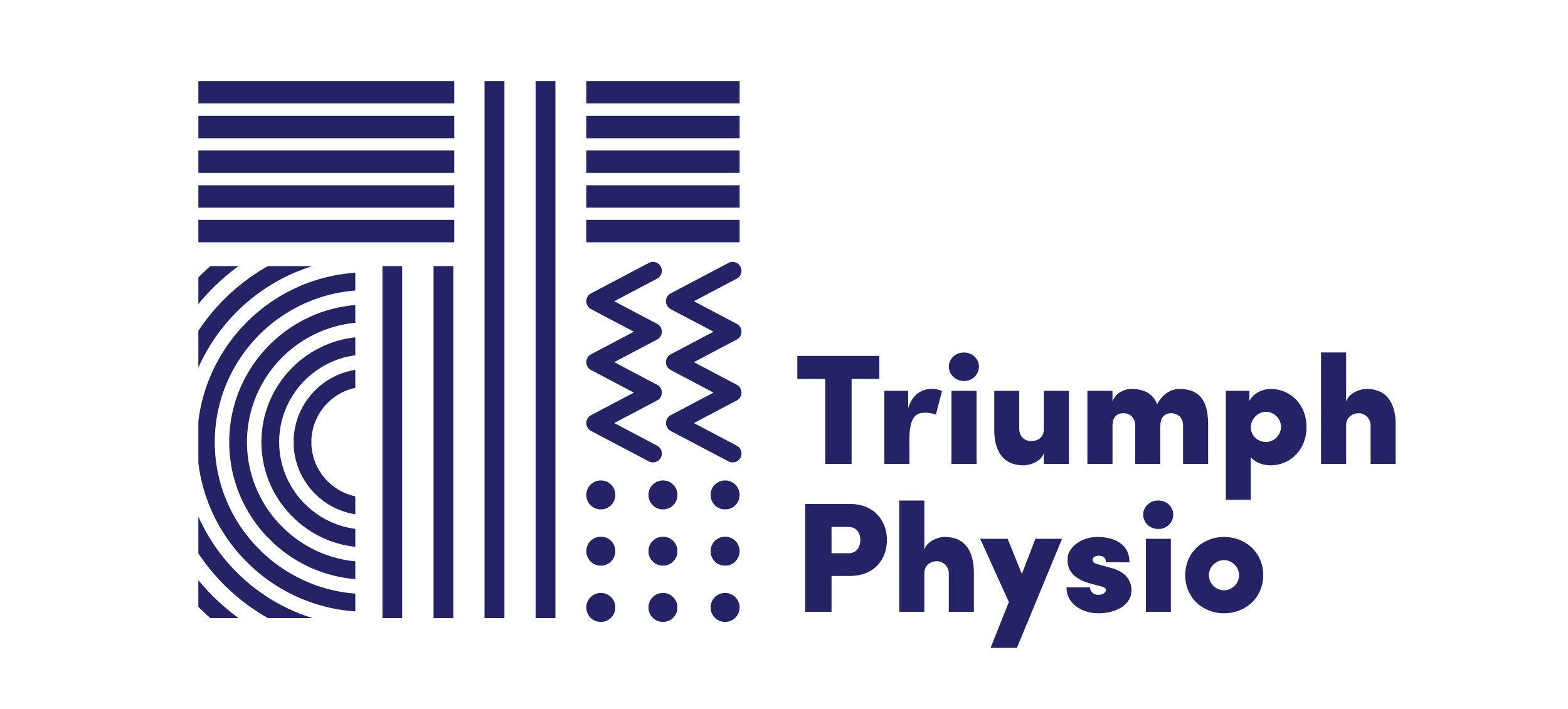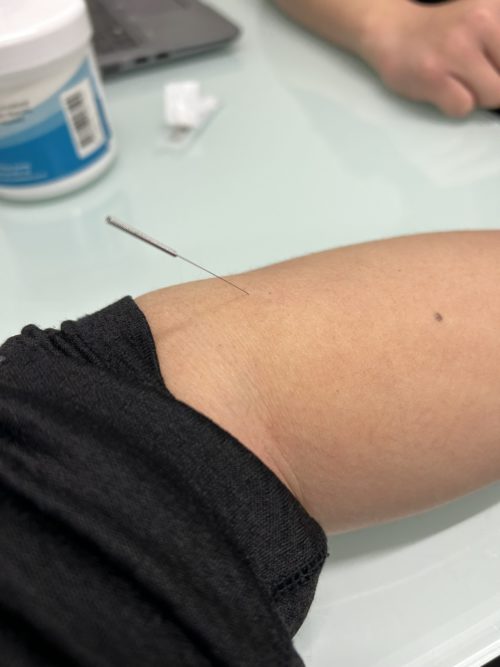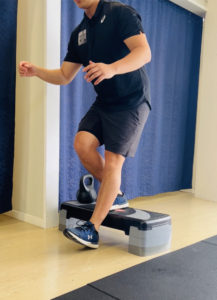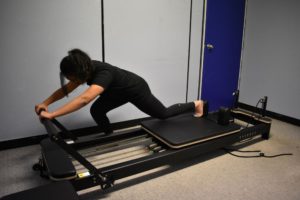Understanding the Difference Between Physiotherapy and Acupuncture
When it comes to managing pain, recovering from injuries, or improving overall well-being, two popular treatment options often come into play: physiotherapy and acupuncture. While both aim to alleviate discomfort and enhance quality of life, they are distinct practices with different methodologies, techniques, and benefits. Here’s a closer look at each to help you understand their unique roles in health care.
What is Physiotherapy?
Definition and Focus: Physiotherapy, is a healthcare profession that uses physical methods to promote healing and rehabilitation. Physiotherapists assess and treat a wide range of conditions, including musculoskeletal injuries, neurological disorders, respiratory issues, and post-surgical rehabilitation.
Techniques and Methods: Physiotherapy encompasses various techniques, including:
- Exercise Therapy: Tailored exercise programs to improve strength, flexibility, and coordination.
- Manual Therapy: Hands-on techniques to manipulate muscles and joints for improved mobility and reduced pain.
- Modalities: Use of equipment such as ultrasound, electrical stimulation, and heat or cold therapy.
- Education and Prevention: Teaching patients about injury prevention and management strategies.
Goals: The primary goal of physiotherapy is to restore function, reduce pain, and improve mobility. Physiotherapists work closely with patients to develop individualized treatment plans that address specific needs and promote long-term wellness.
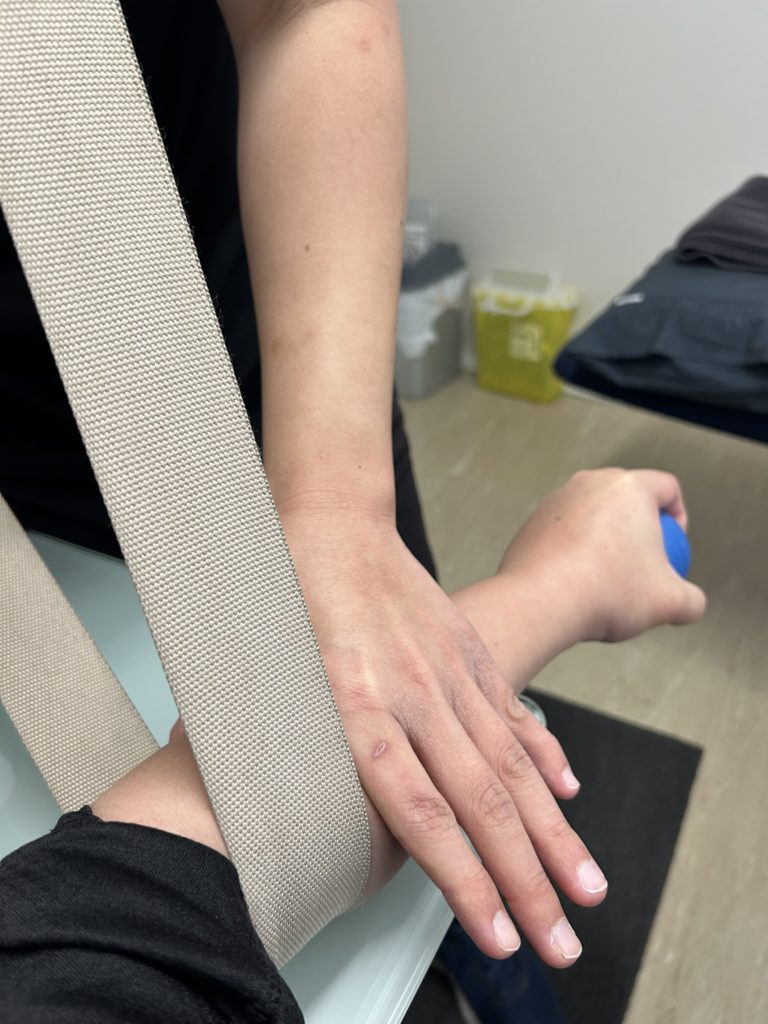
What is Acupuncture?
Definition and Focus: Acupuncture is a traditional Chinese medicine practice that involves inserting thin needles into specific points on the body to balance energy flow, or “Qi.” It is based on the belief that health is governed by the balance of energy within the body and that disruptions can lead to pain and illness.
Techniques and Methods: Acupuncture techniques include:
- Needle Insertion: Fine needles are inserted at specific acupuncture points to stimulate healing and relieve pain.
- Electro-Acupuncture: Applying small electrical currents to the needles for enhanced effectiveness.
- Moxibustion: Burning herbal preparations near acupuncture points to warm the area and promote healing.
Goals: The main goal of acupuncture is to restore balance and harmony within the body. It is commonly used for pain relief, stress reduction, and treating a variety of conditions, including headaches, digestive issues, and chronic pain.
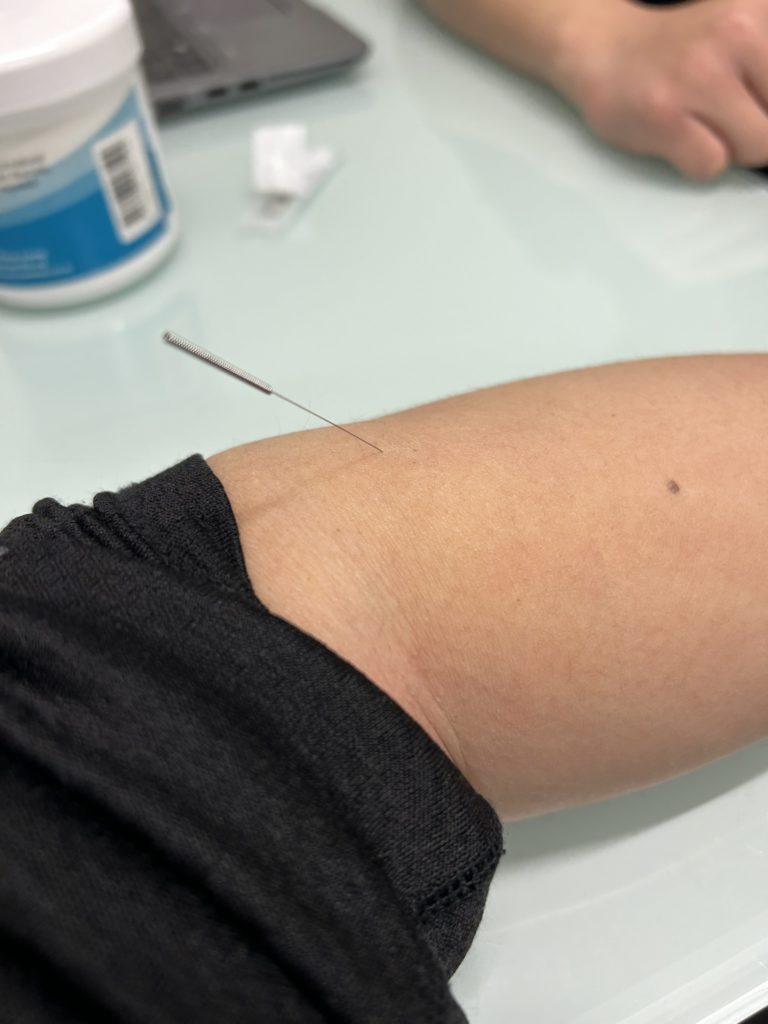
Key Differences Between Physiotherapy and Acupuncture
- Approach:
- Physiotherapy: Focuses on physical rehabilitation and functional recovery using exercises and hands-on techniques.
- Acupuncture: Centers on balancing the body’s energy flow through needle insertion and other traditional methods.
- Treatment Scope:
- Physiotherapy: Addresses a wide range of physical conditions, including injuries, chronic pain, and mobility issues.
- Acupuncture: Often focuses on pain management, stress relief, and overall well-being, with a broader application in traditional medicine.
- Methods of Treatment:
- Physiotherapy: Utilises exercise, manual therapy, education and modalities to treat physical impairments.
- Acupuncture: Primarily uses needle insertion and complementary practices like moxibustion, cupping and tuina.
- Patient Engagement:
- Physiotherapy: Typically involves active patient participation in exercises and rehabilitation strategies.
- Acupuncture: Often involves passive relaxation during treatment sessions.
Conclusion
While both physiotherapy and acupuncture offer valuable approaches to pain management and recovery, they differ significantly in their techniques, and philosophies. Understanding these differences can help you choose the right treatment based on your individual needs and health goals.
Bookings with a Physio or Acupuncturist
Triumph Physio in Newmarket, Mount Wellington Auckland. For more info call us on 09 526 1448 or book online below
